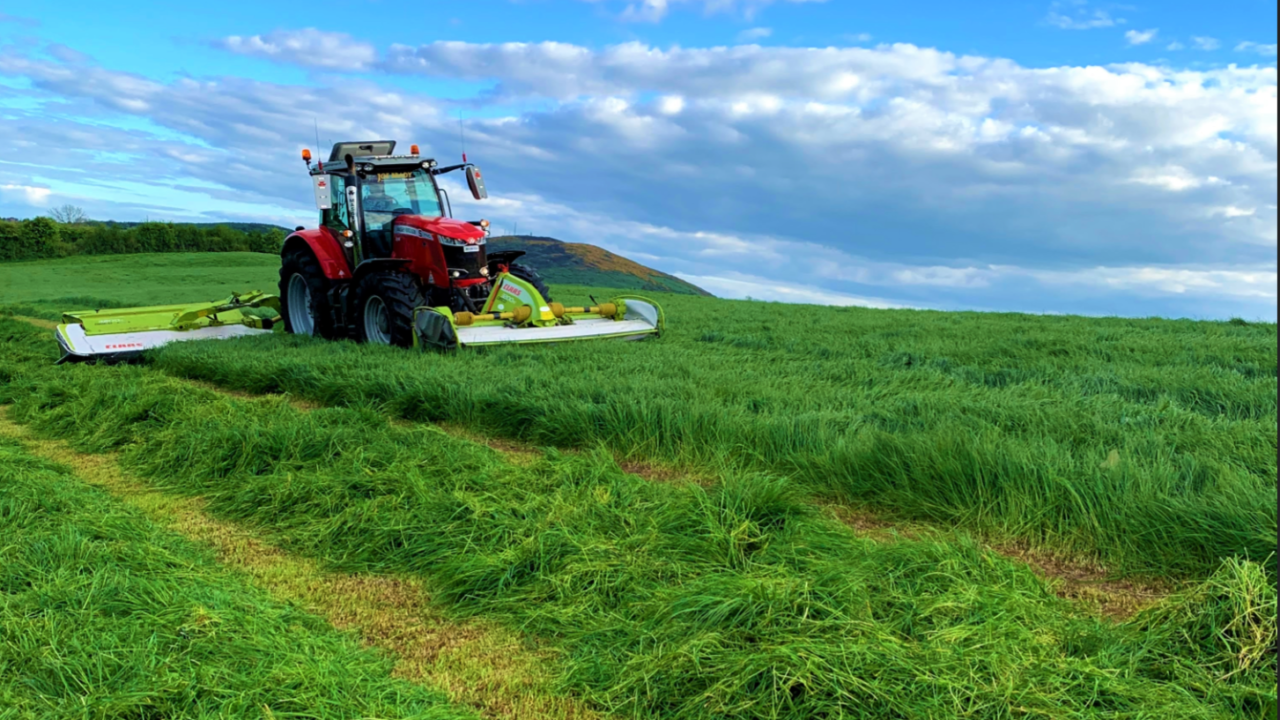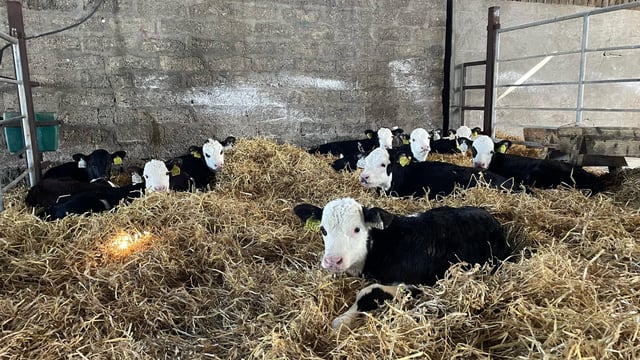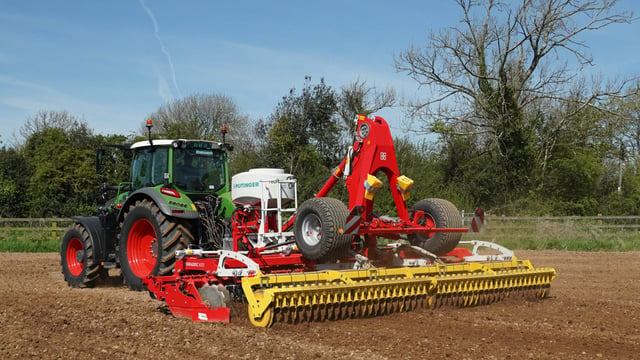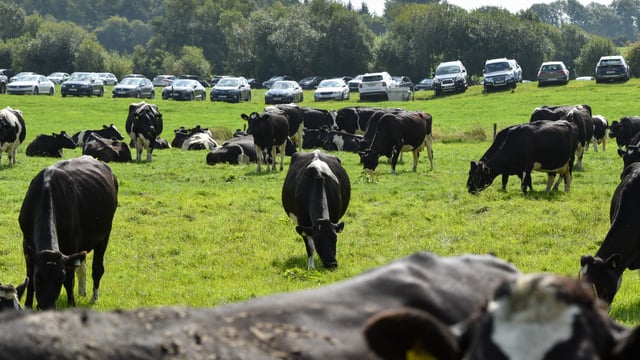The impact of cutting dates on silage quality as weather improves
With excellent weather for the last couple of days and the dry spell set to continue, which has allowed grass growth rates to really take off, the impact of cutting dates on silage quality is something farmers need to bear in mind.
For winter milking herds, the earlier the silage is cut - aiming for from the start to the middle of May - the better, as when you are milking cows with silage as the main source of nutrition, ideally, they should be eating 75-80% dry matter digestibility (DMD) silage.
For spring calving herds, aiming for the middle of May is still recommended as, realistically, there will be a period of time where cows are milking off silage for a couple of weeks either side of dry-off.
The focus for first cut silage should be ensuring it is of high quality. The earlier your cutting date, the more quality silage you will have and the more quantity of silage you will end up with.
Farmers often try to bulk up their first cut silage to make sure they have surplus feed for the winter, but bulking up your first cut and delaying the cutting date is only taking away from the bulk of subsequent cuts, so a balance needs to be struck.
Regardless of the calving pattern, all dairy farmers should be aiming of a first cut with a high DMD (>70%), which will result in improved animal performance due to higher feeding values and increased intakes.
The winters are unpredictable: while last year with the good back-end followed by the dry spring shortened the indoor period, the 2023/24 winter lasted over six months, so these severe winters have to be budgeted for.
Farmers should complete a fodder budget before first cut silage to figure out approximately how much silage is needed to get through the winter.
The aim should be to produce approximately 8t of silage per cow, which equates to about 10 bales/cow, according to Teagasc.
If farmers are concerned about meeting this demand, try not to focus on bulking up your first cut silage, but instead try and solve your feed deficit problems by focusing on the second cut and a potential third cut.
The cutting date has a huge impact on DMD and as your crop heads, DMD will be no higher than 70% and will continue dropping 1% every every two to three days until it is cut.
The following table is a guideline on grass silage DMD for different classes of dairy stock:
| Dry cows | Spring cows in milk | Growing heifers | Winter cows in milk | |
|---|---|---|---|---|
| DMD % | 68-70 | 72 | 72 | 75 |
| Typical first cut date | Early June | Late May | Late May | Mid-May |
| First cut yield (t DM/ha) | 5.5-6 | 5-5.5 | 5-5.5 | 5 |
There is a clear indication that the DMD percentage decreases the later the harvest date, with the tonnage/DM/ha increasing ever so slightly as the harvest date is delayed.
Analysing the table above, farmers need to question whether it is worth sacrificing quality silage for 0.5t of DM/ha extra when realistically that 0.5t DM/ha is only going to be lost in the second cut, making the farmer no better off in terms of quantity and with deteriorated quality.
A lot of silage ground across the country was fertilised early this year thanks to the warm, dry spell at the end of March and into April, which means that farmers should not be limited by the nitrogen (N) content of the grass.
It is important to have a surplus of silage in the yard. However, having low quality silage that the cows will not eat and has decreased their intakes could be part of the reason why there is silage left over.
This should not be a concern for farmers this year, but for those who were delayed in getting their fertiliser out, a concern around silage cutting time is the N content of the grass – grass uses approximately two units of N/day.
In practice, if you apply 100 units of N for first cut silage, the grass should use up the N in 50 days- depending on conditions, the N can be used up quicker.
However, while this two unit rule should be used as a guideline to get out your fertiliser, it should not restrict farmers from cutting, obviously within reason.
Higher N will also lead to higher protein, so, if conditions allow, the grass should be cut straight away, left to wilt, and then picked up.
Farmers can get their grass tested if they are worried about the N content, but if it is within reason, and the crop of grass is ready to be cut and going to lose quality the longer it is left, then the farmer should not be restricted by the N content of the crop.





